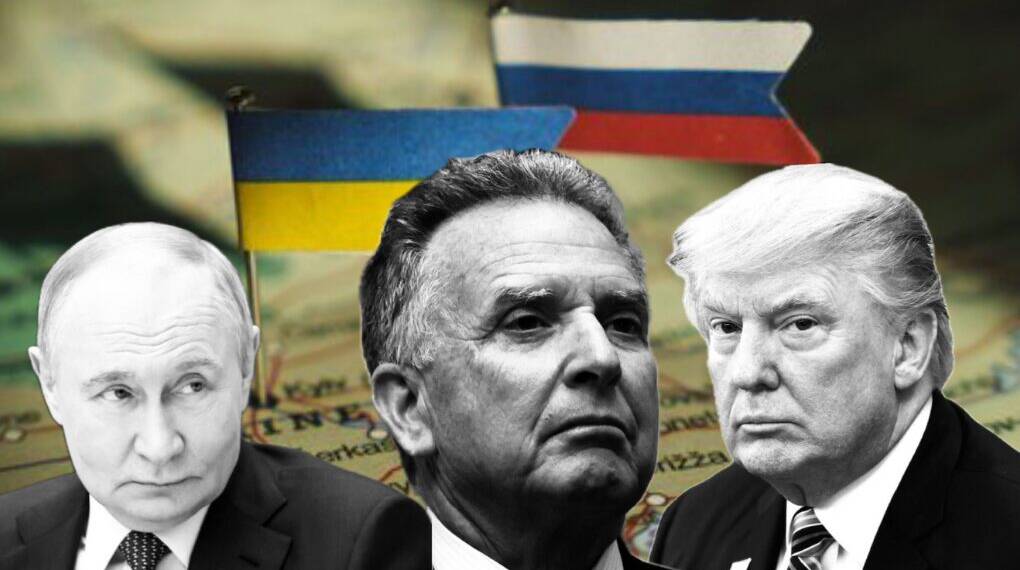Russian President Vladimir Putin has reportedly indicated his readiness to end the war in Ukraine, bringing a peace proposal to the table—a development announced by Donald Trump’s special envoy, Steve Witkoff, amid a new wave of diplomatic efforts. While optimism surrounds this breakthrough, the substance and reception of the proposal remain subjects of intense international scrutiny.
Putin’s Intentions: Peace in the Balance
According to Steve Witkoff, Putin insisted on his willingness to resolve the conflict, but did so on terms that remain contentious for both Ukraine and the West. During meetings with Trump and his envoy, Putin’s camp introduced a framework involving territorial concessions, particularly concerning the eastern Donbas region, including Donetsk. While Witkoff publicly confirmed, “There’s a peace proposal on the table,” he also conceded that these terms may not be palatable to Kyiv, which has consistently rejected any settlement that fixes Russian control over occupied Ukrainian territories.
The Peace Proposal: What’s on Offer?
The core of Putin’s offer centers on Ukraine relinquishing claims over Donetsk—providing Russia with recognized authority over large parts of the Donbas. In exchange, Moscow has signaled some willingness to limit hostilities and accept an internationally monitored ceasefire, potentially freezing the front lines in Zaporzhzhia and Kherson as well. Russian negotiators have also floated the idea of robust “security guarantees” for Ukraine: US and European forces could extend NATO-style protections, giving Ukraine certain defense assurances short of full NATO membership.
This package, while new in some respects, builds on previous Russian proposals focused on gaining international legitimacy for its territorial claims. Moscow has also continued to demand that Ukraine fully abandon aspirations of joining NATO and agree to strict limits on its military.
The American Role: Trump’s Negotiating Gamble
President Donald Trump and his team, including Witkoff, have been highly active in these talks. Trump has pitched himself as uniquely capable of brokering peace, believing that only his administration can bring Putin and Ukrainian President Volodymyr Zelensky to a direct settlement. Witkoff, described as leading “daily communications with the Russians,” faces skepticism due to his lack of diplomatic experience but stands at the center of Washington’s current mediation strategy. The proposal’s emergence followed several rounds of meetings—including a summit in Alaska and further talks in New York, where Ukrainian officials are next expected to be briefed.
Trump has publicly noted his own “disappointment” over sluggish progress, stating the conflict is “not his war” but remains his responsibility to help end. White House officials have confirmed that any peace deal would first require consensus from both Kyiv and Moscow, and that details are being hashed out far from the public eye to avoid undermining negotiations.
Kyiv’s Position: Hard Lines and Deep Reservations
For Ukraine, the announced peace offer is a fraught proposition. President Zelensky and his government have consistently argued that ceding territory is not only unconstitutional but strategically disastrous—potentially incentivizing future aggression by Moscow. Zelensky’s allies in Europe remain similarly wary, concerned that the US might pressure Kyiv into a premature settlement that undercuts Ukrainian sovereignty.
Kyiv’s official response to the proposal has been firm: peace cannot come at the cost of territorial integrity or security. Zelensky has stressed that any lasting solution must involve practical and enforceable guarantees from the West and not codify Russian gains through military force.
Also Read: US and Russia’s Officials Discussed Energy Deals During Ukraine Peace Talks: Reports
International Reaction: Support, Skepticism, and the Road Ahead
European governments, as well as the Trump administration, have responded with caution. European Commission President Ursula von der Leyen called the security guarantees for Ukraine “historic,” while underscoring that no agreement would be signed without Ukrainian participation and approval. Many Western capitals are watching closely, deeply aware that the details—especially around territory and defense guarantees—could set precedents for conflict resolution far beyond Ukraine.
While Putin’s declared willingness to consider peace and the presence of a formal proposal signal progress, the path to a comprehensive settlement remains strewn with political, legal, and strategic obstacles. Witkoff’s announcement marks a significant juncture in the diplomatic process, but much will depend on the ability of all parties—Russian, Ukrainian, American, and European—to bridge deep divides and agree on a viable and just path forward.








